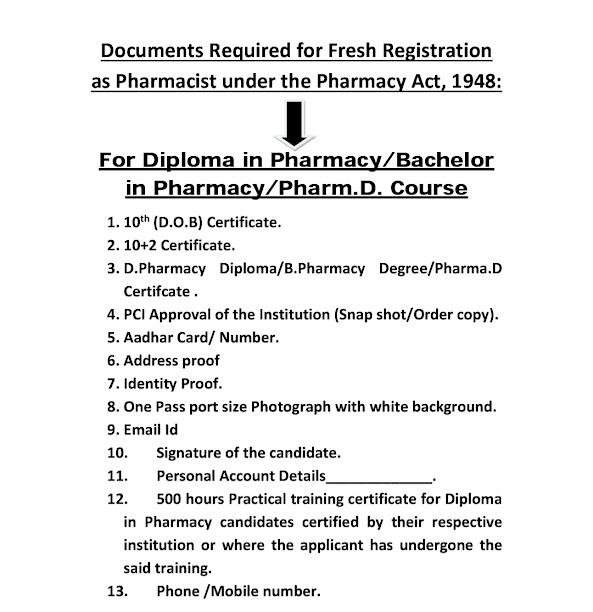Chromatography
Chromatography
is usually introduced as a technique for separating and/or identifying the
components in a mixture. The basic principle is that components in a mixture
have different tendencies to adsorb onto a surface or dissolve in a solvent. It
is a powerful method in industry, where it is used on a large scale to separate
and purify the intermediates and products in various syntheses.
Different types
of chromatography:-
1. Thin layer chromatography (TLC)
2. Gas chromatography (GC)
3. Liquid chromatography (LC)
4. High performance liquid chromatography (HPLC)
5. Ion exchange chromatography
6. Gel permeation or Gel filtration chromatography.
Principles
Chromatographic methods require one static part (stationary
phase) and one moving part (mobile phase). The techniques rely on one of the
following phenomena: adsorption; partition; ion exchange; or molecular
exclusion.
1. Adsorption
Adsorption chromatography was developed first. It has
a solid stationary phase and a liquid or gaseous mobile phase. (Plant pigments
were separated at the turn of the 20th century by using a calcium carbonate stationary
phase and a liquid hydrocarbon mobile phase. The different solutes travelled
different distances through the solid, carried along by the solvent.) Each solute has its own
equilibrium between adsorption onto the surface of the solid and solubility in the
solvent, the least soluble or best adsorbed ones travel more slowly. The result is a
separation into bands containing different solutes. Liquid chromatography using a column
containing silica gel or alumina is an example of adsorption chromatography.(Fig.1 or 1.1)
The solvent that is put into a column is called the
eluent, and the liquid that flows
out of the end of the column is called the eluate.
Fig. 1 Adsorption Chromatography
Fig.1.1 Adsorption Chromatography
2. Partition
In partition chromatography the stationary phase is a
non-volatile liquid which is held as a thin layer (or film) on the surface of
an inert solid. The mixture to be separated is carried by a gas or a liquid as
the mobile phase. The solutes distribute themselves between the moving and the
stationary phases, with the more soluble component in the mobile phase reaching
the end of the chromatography column first. Paper chromatography is an example
of partition chromatography.(Fig.2)
Fig.2 Partition Chromatography
3. Ion exchange
Ion exchange chromatography is similar to partition
chromatography in that it has a
coated solid as the stationary phase. The coating is
referred to as a resin, and has ions
(either cations or anions, depending on the resin)
covalently bonded to it and ions of
the opposite charge are electrostatically bound to the
surface. When the mobile phase (always a liquid) is eluted through the resin
the electrostatically bound ions are released as other ions are bonded preferentially.
Domestic water softeners work on this principle.(Fig.3)
Fig. Ion exchange Chromatography
4. Molecular exclusion
Molecular exclusion differs from other types of chromatography in that no equilibrium state is established between the solute and the stationary phase. Instead, the mixture passes as a gas or a liquid through a porous gel. The pore size is designed to allow the large solute particles to pass through uninhibited. The small particles, however, permeate the gel and are slowed down so the smaller the particles, the longer it takes for them to get through the column. Thus separation is according to particle size.
By Anshul Kushwah






